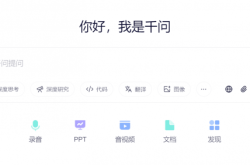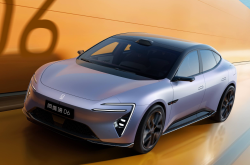Power Outages Spark Business Opportunities, Chinese Brands 'Illuminate' Spain
![]() 04/30 2025
04/30 2025
![]() 833
833
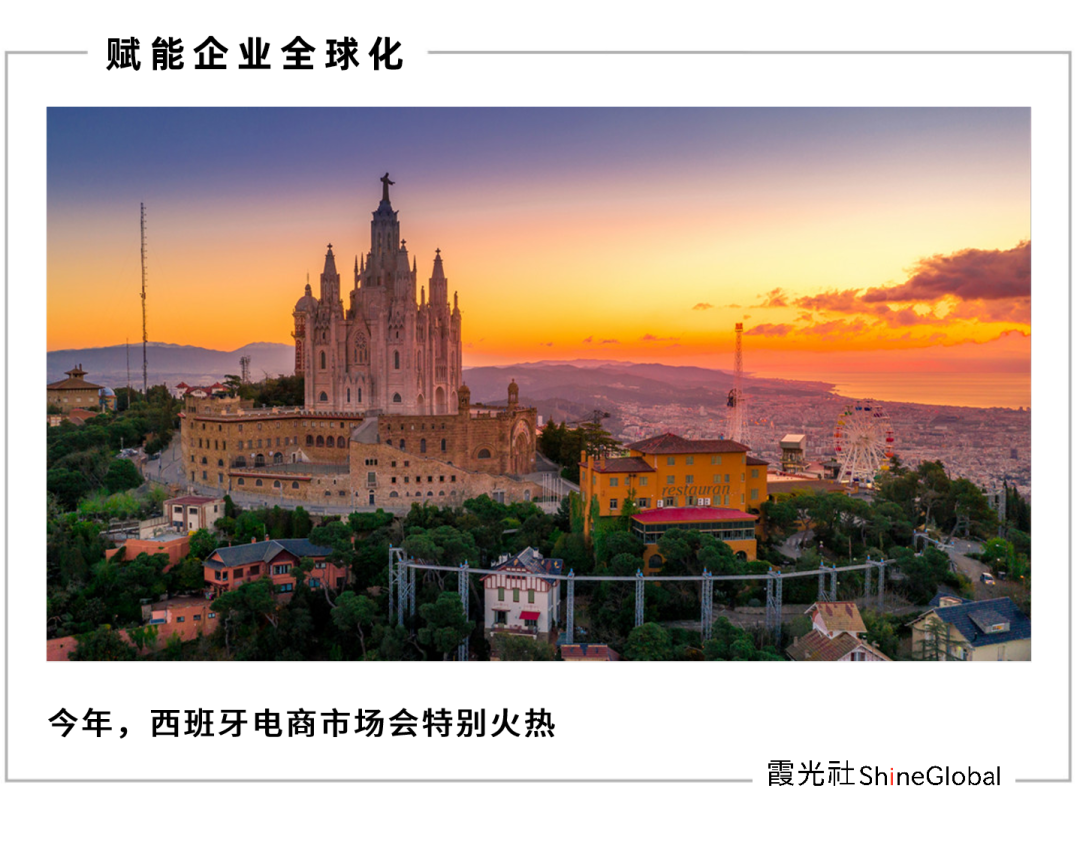
Author | Li Xiaotian
"Currently, the honking of cars outside my window rises and falls, likely due to the lack of traffic lights following the power outage, causing significant traffic congestion. Fortunately, I have plenty of drinking water and food at home, but no electricity to boil water, so I can only eat instant noodles with cold water. Once power is restored, I plan to stock up on self-heating mini hot pots, flashlights, charcoal grills, and household energy storage equipment." Emma, a resident of Spain, told Xiaguang News that the large-scale power outages that have occurred on the Iberian Peninsula from yesterday to today have depleted daily essentials in offline supermarkets; and once power is restored, she intends to replenish her supplies with a batch of daily necessities from Chinese cross-border e-commerce platforms, preparing for unexpected needs.
On April 28 local time, a rare large-scale power outage suddenly struck Spain, Portugal, and parts of France, affecting millions of people. It wasn't just the power outage that spurred the stockpiling demand of Spanish consumers. In fact, since the Trump administration introduced the shocking "reciprocal tariff" policy, the European market, with Spain at its forefront, has increasingly become a focal point for Chinese sellers.

Following the massive power outage, travelers were forced to spend the night at Atocha train station in Madrid, the capital.
"Recently, there has been a notable increase in individuals coming to Spain for inspections and exhibitions. Home furnishings, food, small household appliances... everyone wants to understand the Spanish market and consult us about legal compliance and business environment information." Sunny, the founder of the overseas service company Ocvistas in Barcelona, Spain, told Xiaguang News that the Spanish market has been heating up since the beginning of April.
And this southern European country has always been a hotspot for Chinese brands to go global.
In the realm of e-commerce, as early as 2014, AliExpress entered Spain, extending its reach to numerous countries in Europe and Latin America. Over the past two years, the cross-border e-commerce giants have arrived one after another. In the first half of 2024, the market share of Chinese e-commerce platforms such as AliExpress, Temu, and SHEIN in the Spanish market reached 34%, far surpassing other European countries like Italy with 14%, France with 9%, Germany with 8%, and the UK with 6%. In the automotive sector, in April 2024, Chery Automobile signed a cooperation agreement with EV MOTORS, deciding to jointly establish an automobile production base in Barcelona to revitalize the renowned Spanish automobile brand EBRO. Chery has also become the first Chinese automaker to possess a complete vehicle production base and achieve mass production in Europe. In terms of consumer brands, Hisense operates a factory in Albuixech, Valencia, Spain, Pop Mart is gaining popularity in Spain, and milk tea brands such as Chabadao and Chaliyishi have chosen to open their first European stores in Barcelona.
In this regard, Song Xin, the founder of Xinfu think tank and a former EU policy advisor, analyzed to Xiaguang News: "This year, the Spanish e-commerce market will be particularly hot. Firstly, the penetration rate of e-commerce in Spain is very high, and local consumers generally do not have a sense of thrift and have a strong desire to consume. Additionally, the biggest advantage of the Spanish market is that brands can use it as a base to radiate throughout Latin America. In the Spanish-speaking world, Spain is a brand highland. Brands that gain a foothold in Spain can easily expand to countries like Mexico and Argentina."
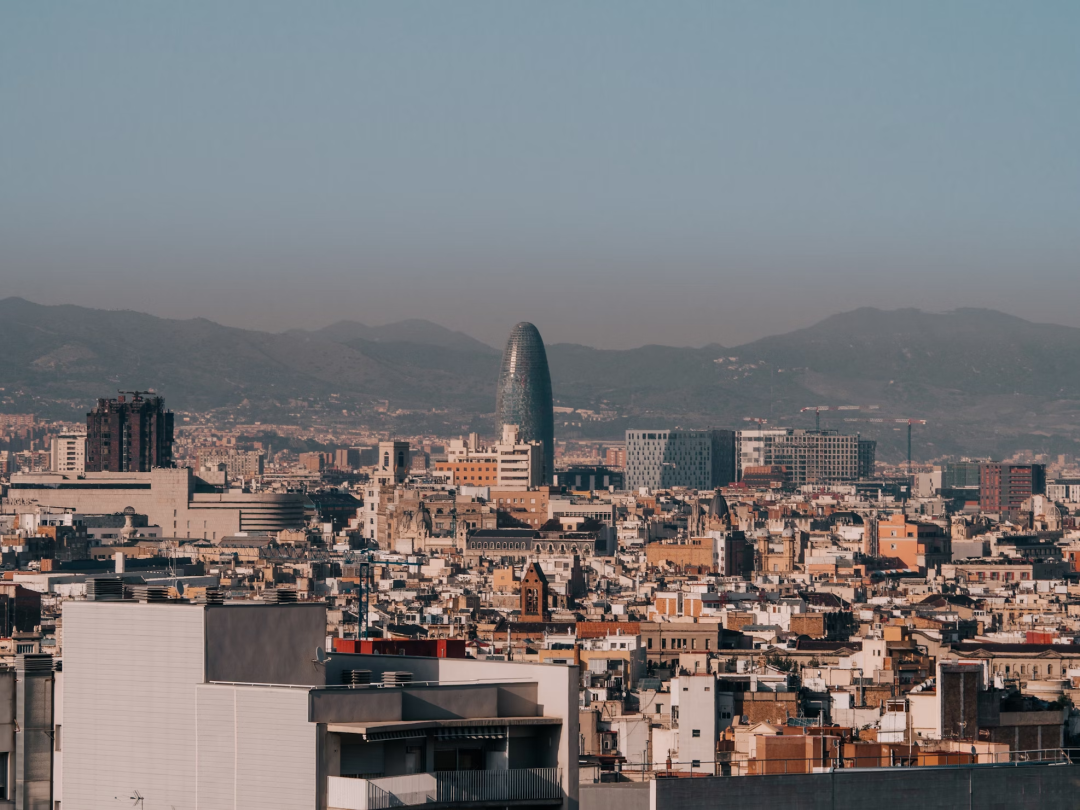
Barcelona, Spain

Buying Christmas gifts on second-hand websites, frequenting chain discount stores, and reducing the number of dining out... During the global economic downturn, Europeans, the old money of the world, have also begun to learn to live frugally.
Europe's economic downturn originated from the two largest economies in the EU - Germany and France. As an export-oriented country, Germany is struggling with weak global demand and increasingly fierce overseas competition, experiencing a second consecutive year of contraction in 2024, now enduring the longest stagnation phase since World War II. The EU's second-largest economy, France, is also performing weakly and stagnating.
However, amidst the depressed European economic environment, Spain, situated on the Iberian Peninsula, stands out with its impressive economic performance. Last year, Spain's GDP grew by 3.2%, almost four times the average level of the eurozone. The IBEX 35 index, which tracks Spain's largest listed companies, rose 14.8%, performing best among major European stock market indices.
In this regard, Rocky, a Chinese businessman who has lived in Barcelona for many years, told Xiaguang News that the rapid economic development of Spain is partly due to the drive of tourism. "The Russia-Ukraine war has led to fluctuations in energy prices, coupled with the impact of the global supply chain during the pandemic, and the EU now faces higher price increases and severe inflation. But within Europe, Spain is considered a region with lower prices, and some tourists from Germany, the Netherlands, and Switzerland are accustomed to coming here for tourism, consumption, and vacation, which in turn drives the development of tourism."
Figures most intuitively illustrate the booming tourism industry in Spain: In 2024, Spain, with a population of only 48 million, welcomed 94 million international tourists, a record high, and is expected to attract 100 million international tourists in 2025. The consumption of tourists from all over the world in Spain directly contributed 13% of GDP.
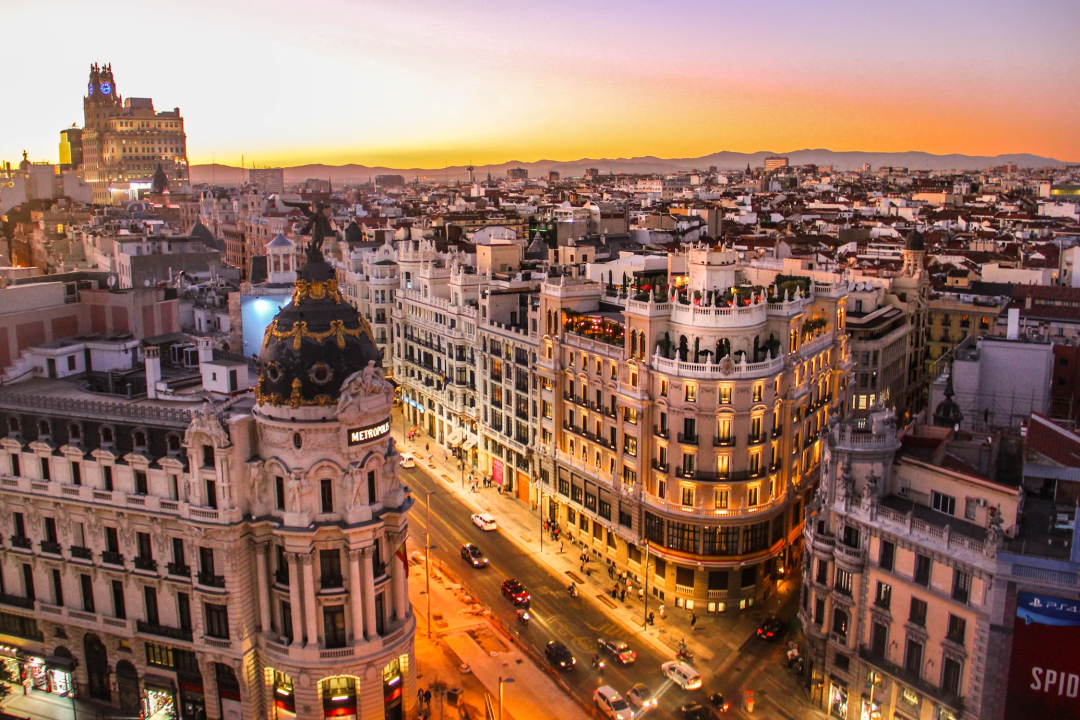
Sunset view in Madrid, the capital of Spain
The influx of tourists has also fueled the thriving real estate market. Many overseas investors purchase and renovate properties in Spain to rent out as Airbnb. "The rent-to-sale ratio of Spanish real estate is very high. For example, in Barcelona, a house with a selling price of 300,000 euros has a monthly rent of about 1,500 euros, and the cost can basically be recovered within 15 years of renting." Rocky told Xiaguang News.
On the other hand, immigration has also injected vitality into Spain's economic development. Located at the junction of Asia and Africa, Spain is a must-pass location for immigrants from North Africa such as Morocco to enter Europe. Additionally, due to shared language and cultural traditions, Spain has attracted millions of immigrants from South America who can quickly integrate into Spain's job market and social structure. Spain's population has increased by 1.5 million in the past three years, almost entirely due to immigration; 90% of new jobs are created by immigrants.
Driven by the service industry, especially its thriving tourism industry, foreign immigrants typically take low-paying jobs that local Spaniards do not want to do. In the EU, where aging is becoming increasingly serious, immigrants fill the gaps in labor-intensive industries.
"Actually, for local Spaniards, they don't have a real sense of economic recovery. Because the influx of tourists and immigrants has not only driven up housing prices but also driven up prices. Locals can't afford to rent anymore." Rocky observed. At the beginning of April, tens of thousands of Spaniards took to the streets of the capital Madrid and more than 40 other cities, demanding affordable housing. A report by the Bank of Spain found that nearly 40% of renting households spend more than 40% of their income on rent. Over the past decade, rents have doubled, while wages have only increased by 20%.
The rise in the cost of living has caused more and more consumers to turn to online shopping for higher cost-effectiveness. Rocky found that in the first half of this year, business has become increasingly difficult offline in Spain, and many retail department stores opened by Chinese businessmen have successively closed down. "Due to rising rents and prices, the spending power of locals has also decreased, and this is a good opportunity for e-commerce to rise." The influx of immigrants mostly makes a living in Spain's underground economy, working as fruit pickers, caregivers, delivery drivers, or other low-paying jobs. This population also prefers e-commerce products with good quality and low prices.
In fact, as a moderately developed country, Spain itself has a special preference for cost-effective products. In 2025, the minimum monthly wage in Spain is 1,381 euros (12-month system), which is lower than that of Luxembourg (2,638 euros), Ireland (2,282 euros), the Netherlands (2,193 euros), Germany (2,161 euros), Belgium (2,070 euros), and France (1,802 euros) among EU countries.
"Spaniards like low prices, and the overall consumption level is relatively low in Europe. Therefore, when AliExpress explored the European market in 2014, the first stop was Spain; TikTok Shop, Temu, and SHEIN are all developing the Spanish market and taking it as an important breakthrough in the European market." Rocky said.
This demonstrates that whether the economy is booming or stagnating, favoring low prices has become a coincidental choice for European consumers.
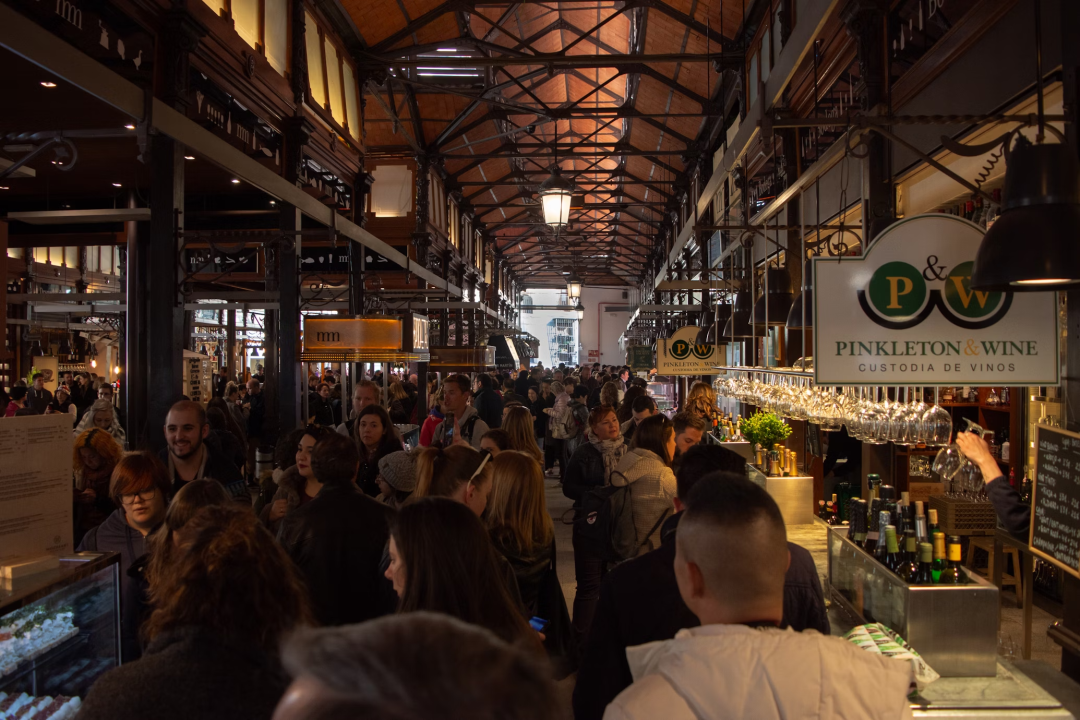
A bustling market in downtown Madrid
Just as Song Xin summarized the changes in European consumption trends through long-term insights into the European market: "Firstly, under inflation, cost-effectiveness is the new king, which lays an important foundation for e-commerce consumption. Secondly, e-commerce user education has made significant progress, and overseas Pinduoduo Temu has taken the lead, playing an important leading role in educating e-commerce users to some extent. Thirdly, brand loyalty in the European market has shown a significant periodic decline, and the emergence of new brands on e-commerce has also promoted the rapid development of e-commerce. The periodic decline in brand loyalty is mainly reflected in two aspects: one is the significantly increased acceptance of white-label or private label products; the other is that product price has become the most critical factor in consumer decision-making."
When the wind of 'consumption downgrade' blew to Europe, the era of e-commerce also rose and flourished with the trend.

"Every day, pieces of paper fly in from all directions, Castile, Aragon, Portugal, and other territories of Philip, such as Naples, Sicily, and Milan, the Franche-Comté and the provinces of Belgium, Mexico, Peru, and Brazil, the 'golden land' of Goa, Sofala in Africa, and many islands in the east and west oceans. Since the beginning of history, no one on earth has ruled such a vast territory like Philip II of Spain."
In the 1960s, the famous American historian Garrett Mattingly described the vast territorial boundaries of Spain in the 16th century in his book "The Armada Invincible". Through the opening of new sea routes, Spain obtained a large number of colonies and wealth overseas, established a powerful navy and army, and not only became the undisputed hegemon in Europe at that time but also had a significant influence in regions such as America, Asia, and Africa.
However, in 1588, the defeat of the Spanish Armada became a crucial turning point in European history. Since then, frequent wars, authoritarianism, and an imbalanced industrial structure caused Spain to miss the opportunity of the Industrial Revolution, and its economic development gradually lagged behind other European powers such as Britain, France, and Germany, gradually degenerating into a second-tier country.
"Spain has a very great history and a magnificent and splendid past, but modern Spain is gradually falling behind in the competition in Europe. Therefore, the inner feelings of Spaniards are very complex. They do not have such a strong sense of national identity, and their national pride is relatively low. As a result, they have a high acceptance of foreign brands. Unlike France and Germany, which are themselves global brand highlands with the strongest recognition of local brands and are difficult to accept foreign brands." Song Xin told Xiaguang News.
Zhang Weijie, director of the Department of Spanish at Nanjing University, also believes that Spain is a very special existence in Europe: The history of being conquered and ruled by Islamic civilization has made Spanish culture exhibit obvious characteristics of cultural hybridization. The diversity of geography has also created a wide variety of local customs and practices in different regions of Spain. Spaniards, who have a stronger sense of regional identity than national identity, form a 'bulk Spain'.
Spain's cultural diversity and heterogeneity also make this country a hub for brands to radiate to other regions.
Firstly, it is the influence and radiation towards the Islamic world in North Africa. According to data from the Spanish Islamic Commission in 2024, there are approximately 2.5 million Muslims in Spain, accounting for 5.32% of Spain's population of 47 million. Most of them are Spaniards and Moroccans. The number of Muslim converts has increased by about 10 times in the past 30 years. Today, in Seville, the fourth largest city in Spain, the Alcazar Castle is a historical and cultural relic left over from the period when the Moors from North Africa ruled the Iberian Peninsula. Its architectural style draws inspiration from the intricate decorative patterns of Islamic architecture, showcasing the blending and collision of different cultures in Spanish history.
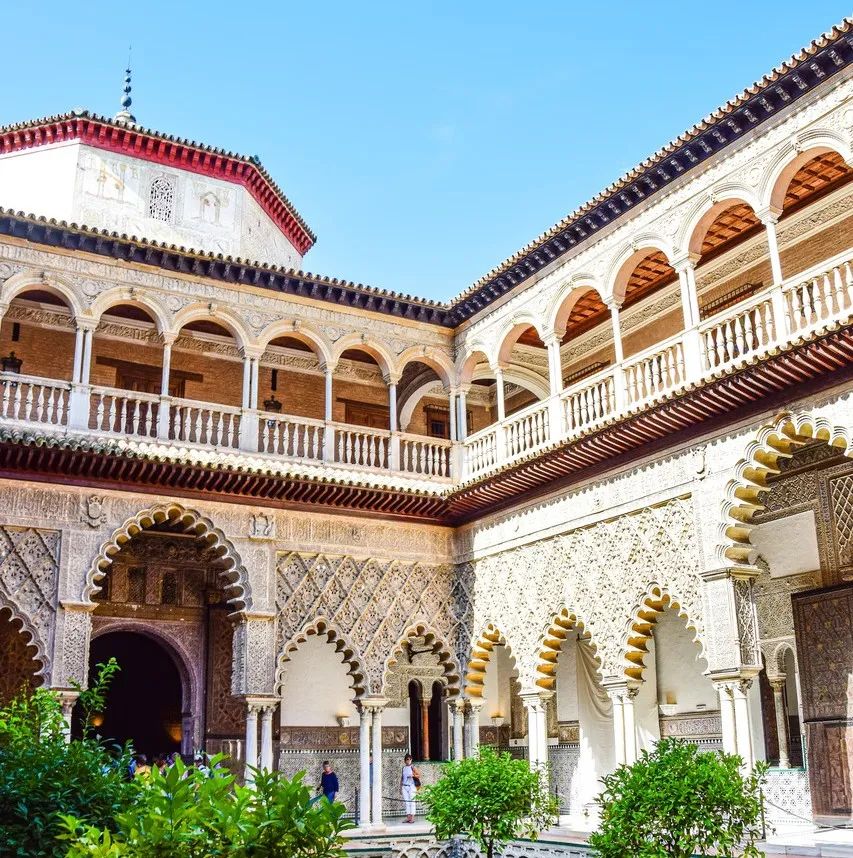
Alcazar Castle in Seville, Spain
Secondly, Spain serves as an ideal hub for brands looking to expand into Latin America. Thanks to a shared colonial history, Spain and Latin America are closely linked, sharing a common language, culture, and historical ties. According to a research survey conducted by the Elcano Royal Institute, a prominent Spanish think tank specializing in international and strategic studies, in November 2023, Spain is regaining a positive image in Latin America. "Spain's image in Latin America is highly favorable, scoring 6.9 out of 10, comparable to that of France, Italy, and the United States, and just below Germany's top score of 7.5." Notably, Latin Americans generally rate Spain higher than their own countries, with the exception of Mexico.
Thirdly, Spain's per capita GDP of $36,372.94 offers valuable insights for brands targeting European nations with similar consumption levels, such as Italy, Cyprus, the Czech Republic, Slovakia, and others. Song Xin refers to this as the "marginal breakthrough strategy for the European market." While penetrating core markets like France and Germany demands substantial time and resources, marginal markets can be conquered more efficiently through targeted efforts. Furthermore, following the general soft landing of the European economy, Spain's GDP growth has been particularly significant. While the consumption habits of Western European middle classes have become more cautious, and purchasing power has declined, the middle class and consumption capacity in moderately developed countries like Spain have continued to grow.
McKinsey's survey data on European consumer confidence underscores this point: Among France, Germany, Italy, Spain, and the United Kingdom, French consumers exhibited the highest level of pessimism (32%), whereas Spanish consumers showed the highest optimism rate (32%).
"It's unrealistic to expect substantial profits from a single market like Spain in isolation. From an e-commerce perspective, this market can quickly reach its saturation point. However, for Chinese companies expanding overseas, Spain functions as a central 'crossroads.' Vertically, it connects the entire EU market to the north and extends to North Africa to the south; horizontally, it radiates to multiple countries in South America. Therefore, Spain serves as the compass axis for overseas expansion. While its local market size may not be vast, its辐射能力is robust," Song Xin analyzed.

Discussing the competitive landscape of the Spanish e-commerce market, Rocky, a seasoned Chinese businessman residing in Barcelona, shared with Xiaguangshe: "Compared to the UK, Germany, and France, Spain's e-commerce market is relatively smaller, ranking fourth in Europe. Consequently, many domestic cross-border sellers hesitate to enter the Spanish market, which has minimal impact on our local sellers. In February 2025, after TikTok Shop's Spain station introduced its mall function, some large sellers began establishing their presence in Spain. However, not many large sellers specializing in traditional shelf e-commerce channels have ventured into Spain, and this market is still dominated by small and medium-sized sellers."
The primary competitors in the Spanish e-commerce landscape are the "dollar stores" established offline by Chinese entrepreneurs from Qingtian County, Lishui City, Zhejiang Province. As early as the turn of the 17th and 18th centuries, a few Qingtian residents traversed Siberia to Europe for trade, initially selling Qingtian stone products. Currently, approximately 110,000 overseas Chinese from Qingtian reside in Spain, operating numerous small businesses such as restaurants and grocery stores.
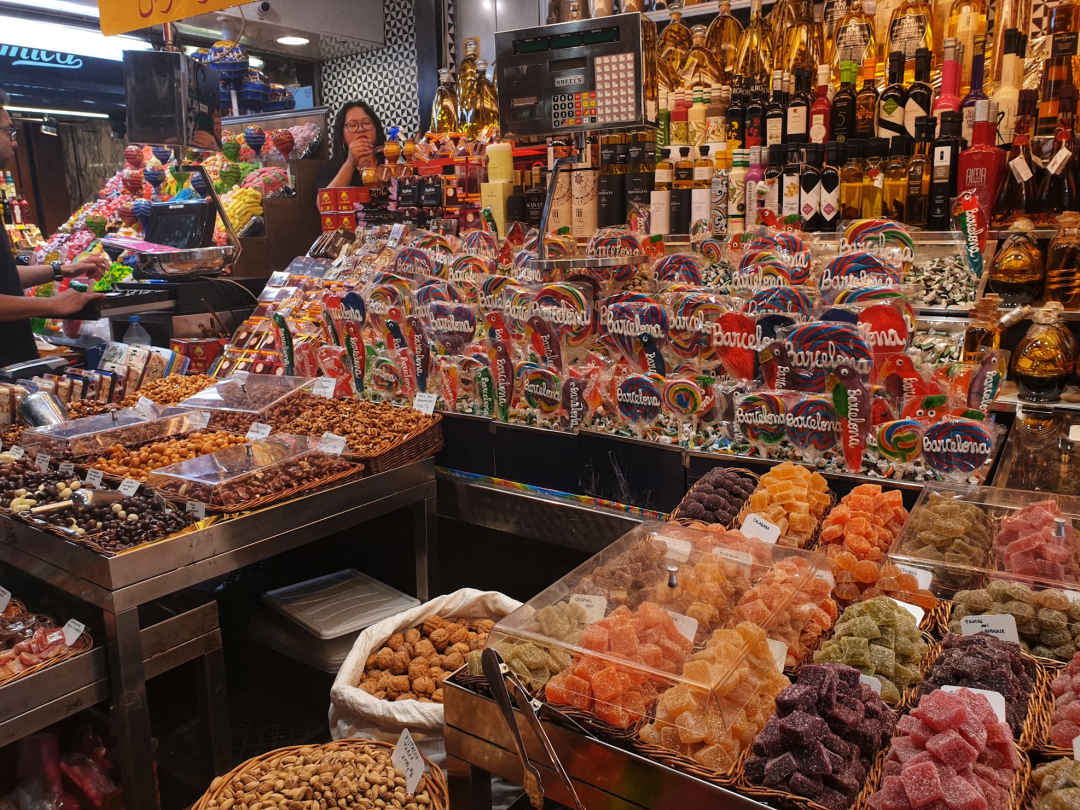
Offline candy store in Barcelona
These Chinese businessmen, deeply entrenched in Spain for decades, possess vast warehouses filled with goods ready for online sales. Despite most of these traditional wholesalers having established offline channels, rising rents and inflation have prompted them to actively embrace the e-commerce wave. Sunny observed that the older generation of Qingtian entrepreneurs still adheres to offline physical stores, while their children have already listed their stores on platforms like Temu.
Regarding platform selection, Rocky noted that sellers opting for TikTok Shop, Amazon, or Miravia (an Alibaba-owned e-commerce platform focused on the Spanish market) must build a brand. "However, we're hesitant about Amazon anymore. While there's sales volume, there's no profit; the return rate is high, FBA fees are exorbitant, and the commission is the highest among all platforms." If sellers choose AliExpress, Temu, or SHEIN, they primarily rely on the dropshipping model.
However, with the Trump administration announcing plans to impose "reciprocal tariffs" of up to 145% on China, many EU countries are also on high alert against Chinese goods being dumped into their markets. European Commission President Ursula von der Leyen recently made it clear that the EU "will not tolerate" Chinese goods hit by US tariffs being diverted to Europe, adding that if the monitoring mechanism detects an increase in Chinese imports, the EU will "take safeguard measures." Olaf Scholz, who is about to assume office as the new German Chancellor, also stated that as trade frictions between China and the United States persist, Germany will be more strongly impacted by Chinese products, and he urged the European Commission to take immediate action.
The UK, Europe's largest e-commerce market, announced on April 23 that the British government is considering abolishing the low-value consignment relief (LVCR) scheme to address the potential influx of cheap Chinese goods into the UK due to Trump's trade war with China. The previously implemented "Low Value Import scheme" in the UK allowed goods valued at no more than £135 to enter the UK duty-free. "This government will never stand idly by while cheap imports flood our market and damage British industries," said Jonathan Reynolds, the UK's Secretary of State for Business and Trade.
Therefore, the low-price dropshipping model is far from a sustainable and profitable approach in the European market. Rocky mentioned that they are currently leveraging the policy window to list hundreds of thousands of SKUs on various platforms and "can test 10,000 SKUs by June."
Major e-commerce platforms are also intensively deploying overseas warehouses in Europe: AliExpress and SHEIN have overseas warehouses in Spain, France, Germany, Italy, and other European countries; Temu has partnered with Export Easy, and its German and French warehouses have become Temu's first batch of semi-managed cooperative warehouses in Europe; JD.com's self-built warehouses in Europe have also begun offering small parcel storage and shipping services to the public. Previously, JD.com's overseas warehouses primarily focused on domestic white goods brands.
In terms of logistics and payment, Spain is significantly more mature and developed compared to emerging markets, particularly in logistics, which is closely tied to Spain's highly uneven population distribution. Due to Spain's rapid and somewhat distorted modernization process, the country has been divided into two distinct worlds: one is the vibrant and ever-changing Madrid and Barcelona, and the other is the sparsely populated and lifeless inland countryside. Zhang Weijie described Spain's population density map as "looking like a donut," with a small central area - Madrid and its surrounding satellite cities - densely populated.
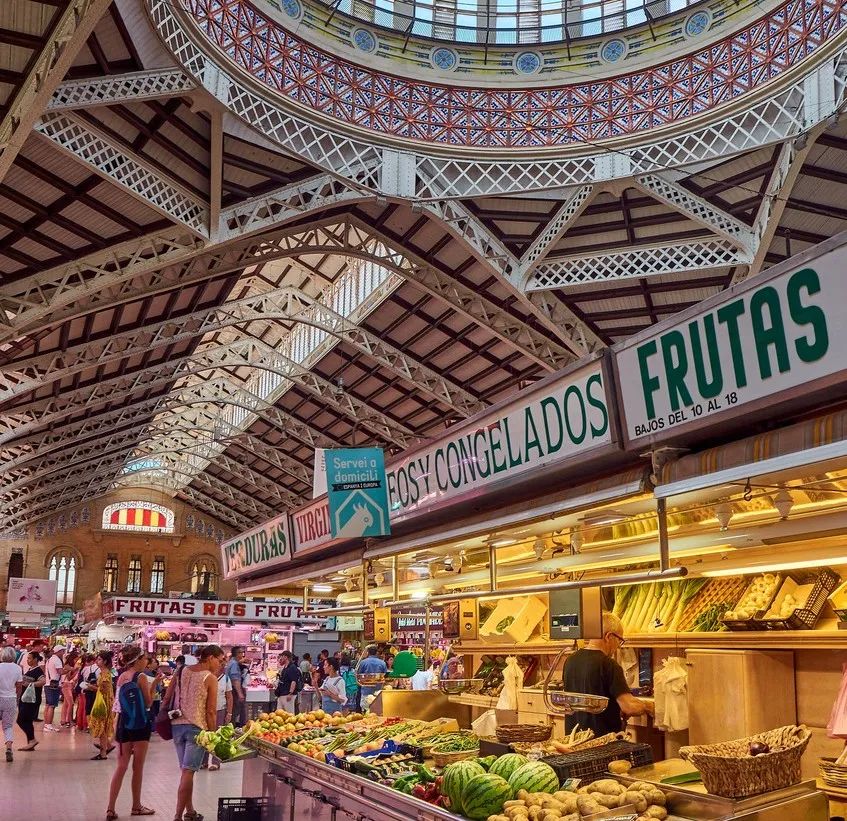
Central Market of Valencia, Spain
Currently, 84.4% of Spaniards are concentrated in just 48% of the country's territory, with a few bustling cities, while a large portion of the land remains uninhabited. This implies that for brands, succeeding in Barcelona and Madrid can capture a significant portion of the Spanish market.
So, for cross-border brands facing hurdles in North America due to tariff disputes, can the European market, exemplified by Spain, become a promising land for them to cultivate a second growth curve? Xiaguangshe will continue to closely monitor the development of Chinese brands in Europe.


